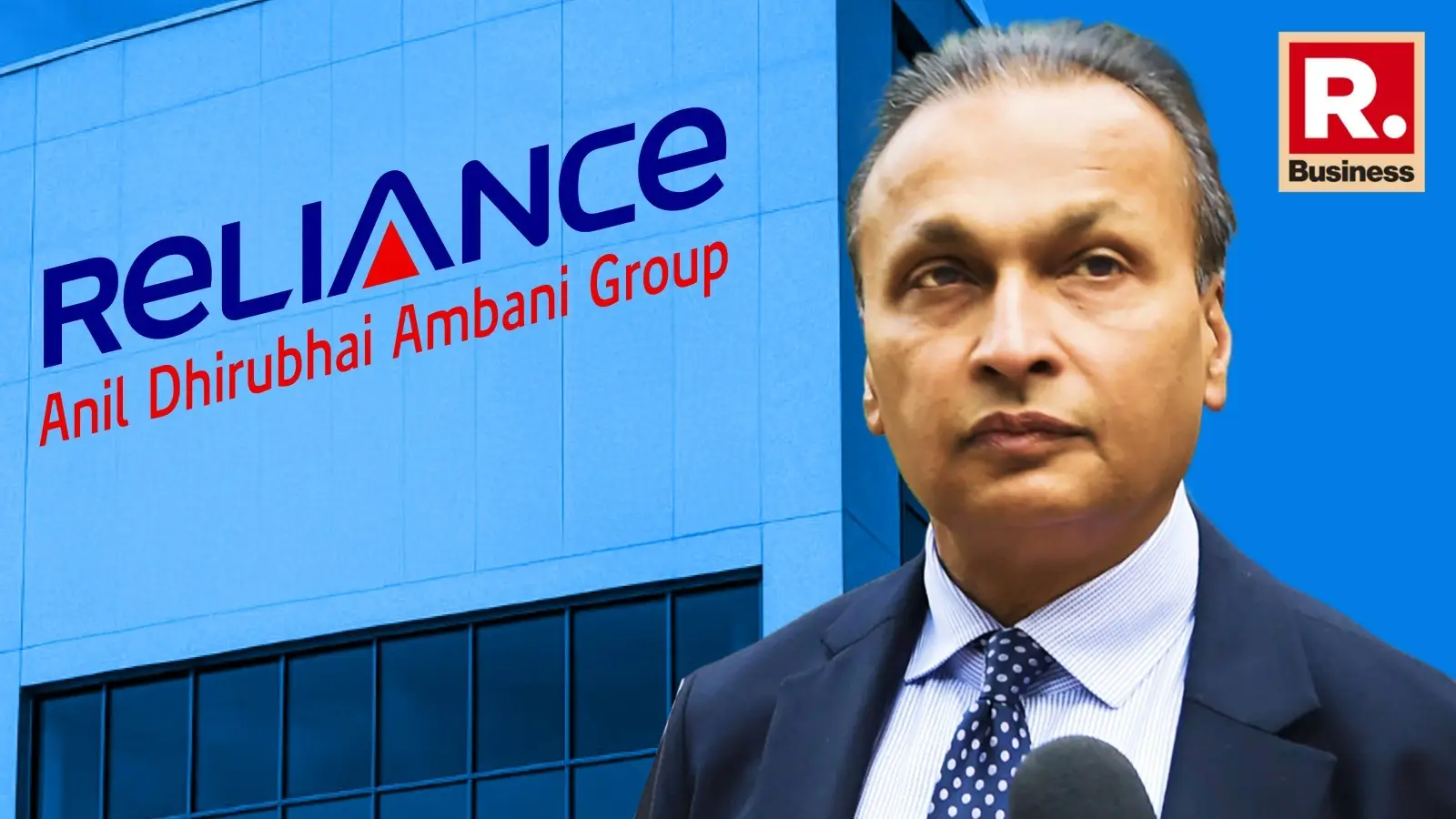Copyright republicworld

The Directorate of Enforcement (ED) on October 31, 2025, provisionally attached assets valued at Rs 3,084 crore belonging to entities of the Reliance Anil Ambani Group (RAAG) under Section 5(1) of the Prevention of Money Laundering Act, 2002 (PMLA).The order, issued by Ajay Agrawal, Deputy Director, Special Task Force, Directorate of Enforcement, follows a detailed investigation into the diversion and laundering of public funds raised by two Anil Ambani-led financial companies: Reliance Home Finance Ltd. (RHFL) and Reliance Commercial Finance Ltd. (RCFL)What Assets Have Been AttachedAccording to ED’s Provisional Attachment Order No. 34/2025, the assets include:The Ambani family’s Pali Hill residence in Bandra (West), Mumbai, The Reliance Centre property in New Delhi, and Several land parcels, offices, and residential units spread across Delhi, Noida, Ghaziabad, Mumbai, Pune, Thane, Hyderabad, Chennai (including Kancheepuram), and East Godavari.These assets, spread across over 40 locations, are believed to be proceeds of crime generated through alleged fund diversion from RHFL and RCFL.The Core of the Case: Yes Bank’s Investments Turned SourThe case traces back to Yes Bank’s investment of Rs 5,010 crore in instruments issued by RHFL and RCFL between 2017 and 2019.Rs 2,965 crore was invested in Reliance Home Finance Ltd.,Rs 2,045 crore in Reliance Commercial Finance Ltd.By December 2019, these exposures had turned into non-performing investments with a combined outstanding of ₹3,337 crore.The CBI and ED investigations revealed that funds raised from the public and mutual funds were allegedly routed through Yes Bank into RHFL and RCFL, circumventing SEBI’s conflict-of-interest rules.CBI’s Parallel FIRs and the Role of Yes Bank’s Rana KapoorThe Central Bureau of Investigation (CBI) filed two separate FIRs on September 19, 2022, implicating Rana Kapoor, then MD & CEO of Yes Bank, and top officials of RHFL and RCFL.According to the FIRs, Yes Bank’s investment decisions were influenced by quid pro quo arrangements, as RHFL and RCFL had extended loans of ₹60 crore and ₹225 crore, respectively, to entities owned by Bindu Kapoor, wife of Rana Kapoor.ED’s probe corroborated these links, establishing that Yes Bank funds indirectly reached Anil Ambani-linked companies, in violation of regulatory norms.What ED Found During the InvestigationED’s investigation, backed by searches in July and September 2025, uncovered serious procedural lapses and systemic misuse within RHFL and RCFL.1. Housing Finance Firm Turned into a Corporate LenderThough RHFL was registered as a housing finance company, its loan book during FY2018-19 showed an 80% tilt toward corporate loans, mainly General Purpose Corporate Loans (GPCLs), which were largely diverted to group-linked entities. 2. Sham Loan SanctionsED found that many loans were approved, sanctioned, and disbursed on the same day, sometimes even before the loan application was officially filed.3. Fake or Shell BorrowersA total of 13 borrower companies, including Species Commerce and Trade Pvt. Ltd., Worldcom Solutions Ltd., RPL Solar Power Pvt. Ltd., RPL Star Power Pvt. Ltd., and Summit Ceminfra Pvt. Ltd., were found to be non-operational shell entities.None had employees, turnover, or valid business operations.How the Money MovedED’s fund-tracing found that RHFL’s corporate loans to these 13 entities were immediately routed onward to Reliance Infrastructure Ltd., another Reliance Anil Ambani Group company, through a conduit company, Crest Logistics and Engineers Pvt. Ltd. (CLE Pvt. Ltd.).For instance:A Rs 100-crore loan to RPL Solar Power Pvt. Ltd. on March 27, 2018,was transferred the same day to CLE Pvt. Ltd., and then to Reliance Infrastructure Ltd.Similarly, loans worth Rs 220.8 crore to Citi Securities & Financial Services Pvt. Ltd. and Rs 36 crore to Summit Ceminfra Pvt. Ltd. followed the same route.In total, Rs 1,881.5 crore worth of such corporate loans ended up with Reliance Infrastructure Ltd., according to ED’s fund-flow analysis.SEBI’s 2024 Findings Add to the CaseThe Securities and Exchange Board of India (SEBI), in its August 22, 2024, order, found RHFL guilty of:Deliberately ignoring loan evaluation norms,Using borrowers as conduits for siphoning funds,Evergreening corporate loans to conceal defaults, andCreating an “accounting fiction” through Optionally Convertible Debentures (OCDs) to show false loan repayments.SEBI concluded that RHFL’s defaults were a result of “an elaborate and coordinated design” to move public money to private group entities, calling the operations “a sinister objective masked as corporate lending.”Inside the Shell NetworkED’s searches found that many of the borrower entities shared common addresses, directors, and auditors, often tied to Reliance Power Ltd. or Reliance Infrastructure Ltd.One such individual, Anurag Sharma, who appeared as a director in four borrower companies, admitted he was an employee of Reliance Power Ltd.ED found similar overlaps across multiple “borrower” companies, confirming that the group managed and controlled all such shell entities.RCOM & Loan Evergreening AngleThe probe also dovetails with ED’s larger investigation into Reliance Communications Ltd. (RCOM) and related entities, where the agency claims over ₹13,600 crore was diverted through loan evergreening and bill discounting schemes.Why ED’s Attachment MattersBy attaching properties across eight Indian cities, the ED aims to secure proceeds of crime until the final adjudication under the PMLA.Officials said the action ensures public money raised through banks and mutual funds is protected.The Larger PictureThis attachment order marks one of the largest actions by the ED against a corporate conglomerate in recent years, coming amid heightened scrutiny of NBFC and housing finance companies post-IL&FS and DHFL collapses.Read More - ED Attaches Over 40 RIL Anil Ambani Group Properties Worth Rs 3,084 crThe case spotlights regulatory loopholes, related-party transactions, and weak governance practices that allowed large-scale diversion of funds, while banks and retail investors bore the losses.



